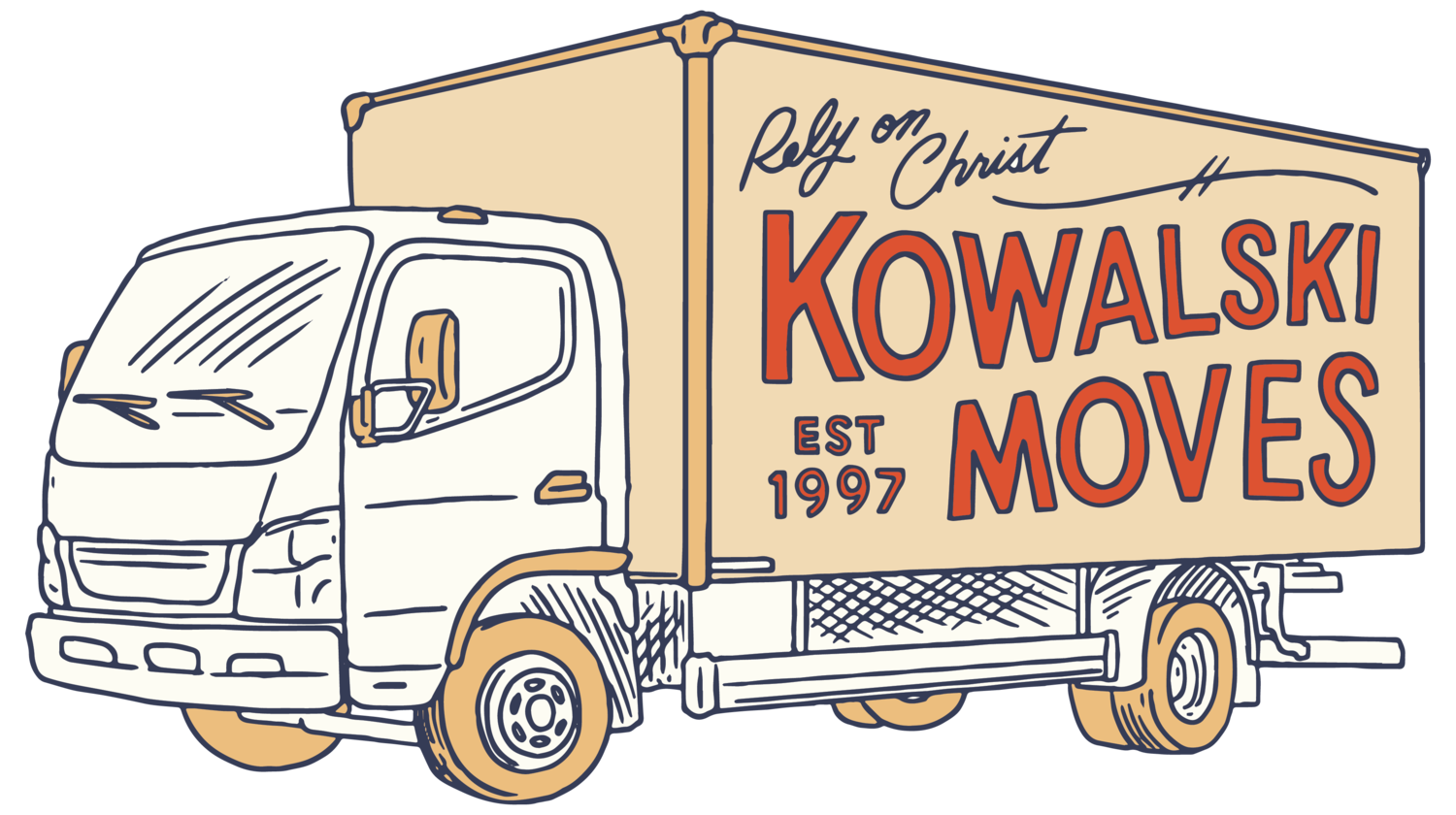How to Move a Grandfather Clock
The average move can come with an array of stressors and unexpected obstacles, but the added stress of moving large, delicate items like a grandfather clock can truly make the process feel harder than it needs to be. Have no fear, though! Here at Kowalski Moves, we’re more than happy to guide you through even your most complex and strenuous moves so that you and your belongings arrive at their new destination safe and sound.
While the specific topic today is in reference to moving a grandfather clock, the process and principles can be applied to other large, cumbersome pieces that you may not be used to moving. Now, let’s dive in!
Preparing to move a grandfather clock
Personally, we think preparation is going to be one of the most critical parts of your move. Set yourself up for success by planning ahead. Make sure you have the proper tools and packing equipment, and a difficult transition could be significantly simplified.
Not sure how to be prepared? That’s fine! Here’s our recommendations that should leave you feeling confident and collected during your move.
Understand the structure of the grandfather clock
Having a basic understanding of the object you’re moving – in this case a grandfather clock – is going to come in handy. You’re going to have to take some of the clock apart to ensure it arrives at its new home unscathed. Do yourself a favor and read up on some of the inner workings, as well as what parts are commonly removed during transportation.
Make sure to have all the tools to move the grandfather clock
Packing tape, bubble wrap, and moving blankets – oh my! In order to successfully transition this large timepiece, you’re also going to want it all to tackle the job. Since the transportation of this clock requires some dismantling, make sure you have the appropriate moving supplies to store and protect each disassembled item as well as a trolley to help transport it.
The grandfather clock will require help to move
In addition to the proper tools, you will need help when moving such a large, cumbersome object. Before moving day occurs, make sure you enlist the help of a few friends (or your helpful moving company) so that shifting and lifting the clock is as easy as possible. Not only do you want to avoid damaging the clock, but we also want to ensure that no one involved with the move gets hurt.
A truck should be ready for the grandfather clock
Last, but certainly not least, is the main mode of transportation: a truck. While a flatbed truck may come to mind, we strongly suggest getting a box car or similar truck rental so that the clock can be transported upright and loaded on by the means of a loading ramp.
Helpful tip: ready the truck prior to loading your grandfather clock onto the dolly.
Disassembling the grandfather clock
Now – let’s dive into the tricky part! When moving your clock, dismantling as much of the clock as possible is actually the best thing you can do. Leaving in any moving parts such as the glass panels, weights, and pendulum could result in a disastrous accident during your move. If you’re hoping to avoid a broken clock, here’s our list for best practices:
Separate the fragile pieces from the grandfather clock
Pieces like the glass panes and pendulum need to be removed as they are fragile and can become damaged or broken during transit. Additionally, pieces like the chains in the clock can become entangled and cause a bigger problem after you have moved your timepiece. For the best possible results, we always recommend taking out the fragile pieces before you start the moving process.
All irremovable pieces should be secured safely
Any remaining parts of the clock that cannot or should not be removed can be secured safely. Use bubble wrap to protect the inner working of your grandfather clock and pad the rest of the surrounding area with blankets and a moving box.
Wrap everything to prevent any damage
One of the primary reasons you want to surround your clock with blankets and wrap the exterior of the clock with bubble wrap is to prevent any damage during transition periods or jostling during the drive. Any type of impact to the clock could result in a chip or crack if the body of the clock is not protected.
Things to note when moving the grandfather clock
Now that you have an idea of how to prepare your clock, let’s just go over some refreshers so that you understand the entire extent of moving your clock.
What is the cost of moving a grandfather clock?
Cost for moving a clock of that size can vary based on the distance, method of transport, and any equipment needed. Generally, the low end will cost you at least $300 (for materials, a rented truck, potential help), with the higher end diving into the thousands.
How long does it take to move a grandfather clock?
Time invested in moving your clock can be anywhere as short as a few hours if you move it yourself, or a day or two if using a moving company over a long distance. Make sure you plan accordingly.
If you find yourself needing some heavy lifting, Kowalski Moves is here to lend a helping hand!
Have a move coming up and not sure you’re prepared to handle it? Leave your moving concerns to us here at Kowalski Moves. Our family has worked together for years to provide quick and reliable moving services to clients no matter how short or far your move may be. Give us a call to see what we can do for you!

